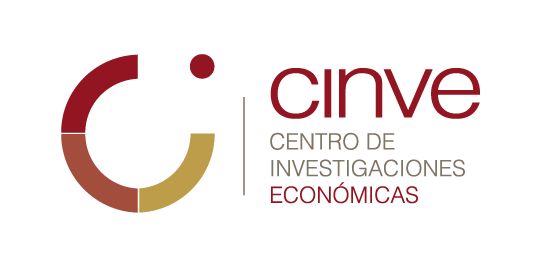The article titled “Domestic Tourism in Uruguay:a matrix approach” was published written by Magdalena Dominguez was published in Pasos, journal of tourism and cultural heritage.
That document was based on the Final Report of a Research Initiation Grant provided by ANII and guided by Bibiana Lanzilotta.
Link: http://www.pasosonline.
Abstract: In this paper domestic tourism in Uruguay is analyzed by introducing an Origin-Destination matrix approach, and an attraction coefficient is calculated. We show that Montevideo is an attractive destination but to itself (even if it emits more trips than it receives), and the Southeast region is the main destination. Another important outcome is the importance of intra-regional patterns, associated to trips to bordering departments. The findings provide destination managers with practical knowledge useful for reducing seasonality and attracting more domestic tourists throughout the year, as well as to provide more a better service offer, that attracts both usual visitors and new ones from competitive destinations.
